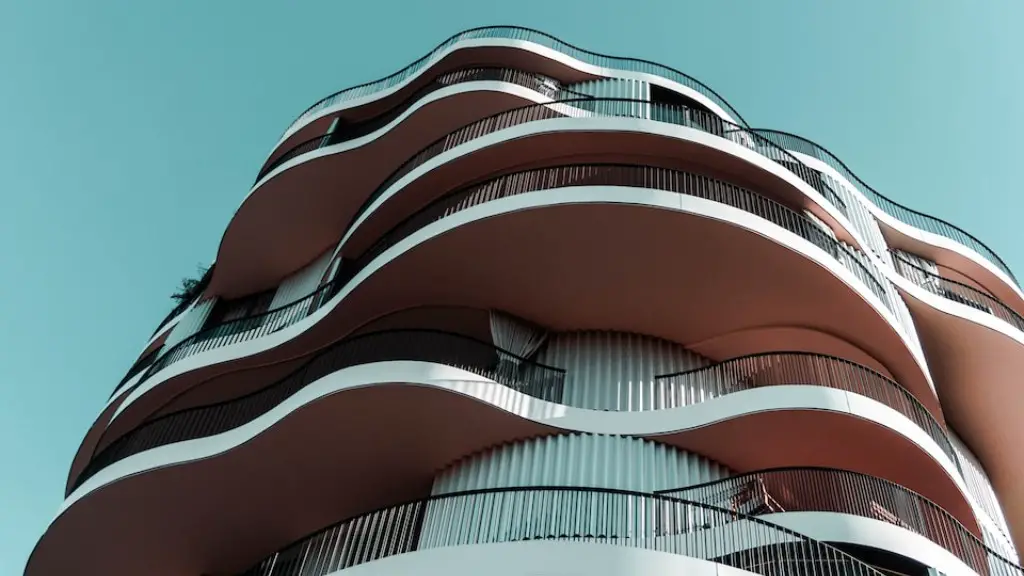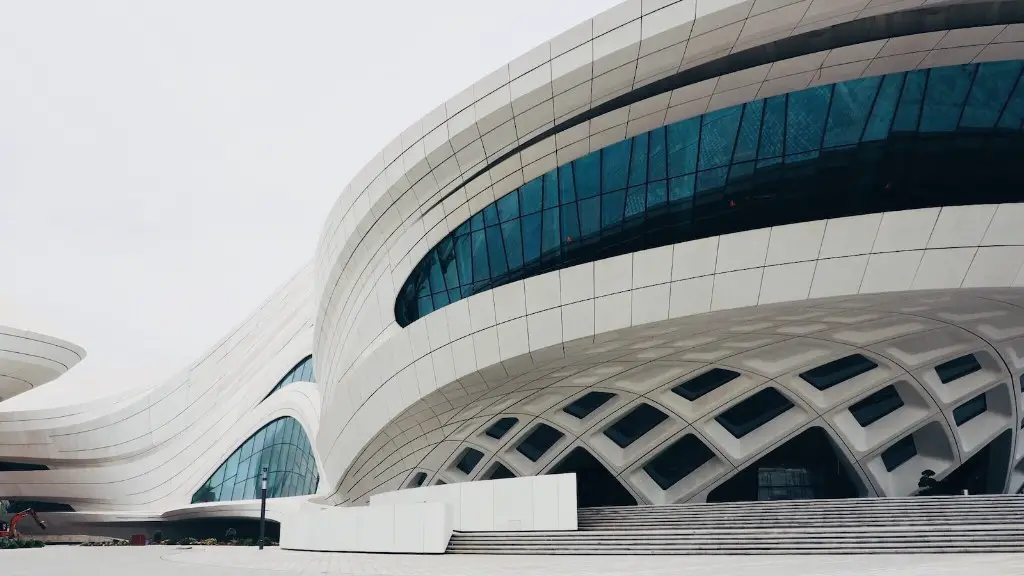A headless architecture is a type of software architecture that is designed to be independent of any particular user interface. This means that the software can be used with any type of user interface, or even with no user interface at all. Headless architectures are often used for server-side applications, because they can be easier to maintain and scale.
A headless architecture is one in which the front-end components are decoupled from the back-end components. In a headless system, the back-end components provide an API that can be accessed by the front-end components. This separation of concerns can make development and deployment easier, as the front-end and back-end can be developed and deployed independently.
What is headless Microservices architecture?
Headless architecture is a term used to describe a system where the frontend and backend are decoupled. This means that the frontend (presentation layer) and the backend (business logic layer) are independent of each other. This is just one step towards a composable architecture based on microservices.
Microservices are small applications that are dedicated to serve a specific task. Each microservice is independent of the others, which means that they can be added or removed without affecting the other services. This makes it easy to change or update one service without affecting the others.
A headless commerce architecture can be a great way to improve the customer experience by enabling faster delivery of content. This can be especially beneficial for businesses that need to deliver content to multiple channels or that want to offer a more personalized experience.
What is headless vs traditional architecture
A headless CMS is a content management system that does not have a built-in front-end. Instead, it relies on an application programming interface (API) to publish content. This means that the headless CMS has no impact or input on the front-end.
There are several benefits to using a headless CMS. First, it allows for a greater degree of flexibility when it comes to the front-end. Second, it can be easier to manage and update content since there is no need to deal with the front-end code. Finally, a headless CMS can be less expensive to develop and maintain since there is no need to build and maintain a front-end.
Headless technology is a way of storing, managing and delivering content on an eCommerce website without a front-end delivery. This means that the front end or “head” of the website is separated from the back end for efficiency and presentation purposes.
Headless technology can be used to improve the performance of a website, as well as to make it more user-friendly and easier to navigate. It can also be used to create a more responsive and engaging user experience.
Overall, headless technology can be a great way to improve the overall experience of an eCommerce website.
What is headless vs monolithic architecture?
A headless platform is a great way to get access to the data and functionality you need, without being tied down to a specific system or solution. This can be especially helpful for developers who want to be able to quickly and easily modify and enhance their applications.
Contentstack is a great option for those looking for a headless CMS that offers RESTful APIs. Some of its key features include content previews, collaboration, asset management, workflow management, and versioning. These features can help you speed up content personalization, optimization, and publishing across multiple digital devices and channels.
Why is it called headless?
Headless CMS is a backend only content management system (CMS) that makes your content accessible through an API for display on any device.
A headless CMS gives you the freedom to choose any frontend technology to displaying your content. This is in contrast to a traditional “monolithic” CMS where the backend and frontend are tightly coupled.
Headless CMS architectures are ideal for decoupling your content from your presentation layer. This approach enables teams to work independently on each layer, without impacting the other.
Contentful is an example of a popular headless CMS.
A headless CMS is a great way to manage content for a website or application. The developers can work on the API and the content can be stored, edited, and published faster and easier. A serverless CMS can be used to manage content for a website or application without having to worry about the infrastructure of the servers. This can free businesses from managing servers and allow them to focus on other aspects of their business.
What is a headless design
Headless design systems are those in which the visual representation of components is decoupled from the logic required for their creation. Your building blocks gain UI after you apply tokens to them. Design tokens are reusable atomic pieces of information about visual design properties.
There are seven different types of architecture which are as follows:
1 Residential architecture
2 Commercial architecture
3 Landscape architecture
4 Interior design architecture
5 Urban design architecture
6 Green design architecture
7 Industrial architecture
What are the three types of system architecture?
Systems architecture defines the overall structure of a system. It encompasses both the hardware and software components of a system and how they work together.
There are three main types of system architectures: integrated, distributed, and mixed.
Integrated systems are characterized by having a single, centralized point of control. All components are tightly coupled and work together to form a cohesive whole. This type of architecture is typically found in smaller systems.
Distributed systems, on the other hand, are characterized by having multiple, decentralized points of control. Components are loosely coupled and often work independently of each other. This type of architecture is typically found in larger systems.
Mixed systems are a mix of the two previous types. They typically have both a centralized and decentralized point of control. This type of architecture is found in systems that are too large to be efficiently managed by a single point of control, but too small to benefit from the full decentralization of a distributed system.
There are many different architectural styles that can be easily recognized. Some of the most popular include Greek and Roman Classical Architecture, Gothic Architecture, Baroque Neoclassical Architecture, Victorian Architecture, Modern Architecture, Post-Modern Architecture, and Neofuturist Architecture. Each style has its own unique features and characteristics that make it easily identifiable.
What is headless environment
Headless systems are those that do not have a monitor or peripherals attached. They can either be autonomous or remotely controlled. Servers in large data centers are often headless because it is more efficient to have them controlled remotely.
Headless software is common on servers and embedded devices as it can work without a graphical user interface. It receives inputs and provides output via other means, such as a network or serial port. This type of software can be very useful for automating tasks or running programs on devices that don’t have a GUI.
What is a headless platform?
A headless eCommerce platform is an online store where the customer-facing front-end and technical back-end are decoupled from one another. This allows store owners to have more flexibility when it comes to the design and user experience of their store, as well as the technical aspects such as scalability and performance.
A headless CMS gives developers the flexibility to integrate with other systems, lower the learning curve, and improve website performance. Additionally, a headless CMS can offload CMS security and management to a separate team, making it easier to keep your website up-to-date and running smoothly.
What is the most popular headless CMS
Strapi is a great option for those looking for a headless CMS that is 100% Javascript and fully customizable. It also supports TypeScript, making it a great choice for developers who want a headless CMS that is developer-first.
Headless browsers are typically faster than real browsers because they don’t have to start up a browser GUI. This means they can bypass the time it takes to load CSS, JavaScript, and open and render HTML.
Warp Up
A headless architecture is one in which the front-end GUI is decoupled from the back-end database and logic. In a headless setup, the back-end components can be hosted on a different server or even in a different physical location than the front-end GUI. This type of architecture is often used in situations where the back-end data needs to be accessible from multiple platforms or devices, or when the front-end interface needs to be updated independently of the back-end components.
A headless architecture is one in which the front-end and back-end are decoupled, allowing for greater flexibility and scalability. In a headless architecture, the back-end can be updated or changed without affecting the front-end, and vice versa. This can be a great advantage for companies that need to rapidly update their systems or that have a large, complex system that would be difficult to change all at once.





